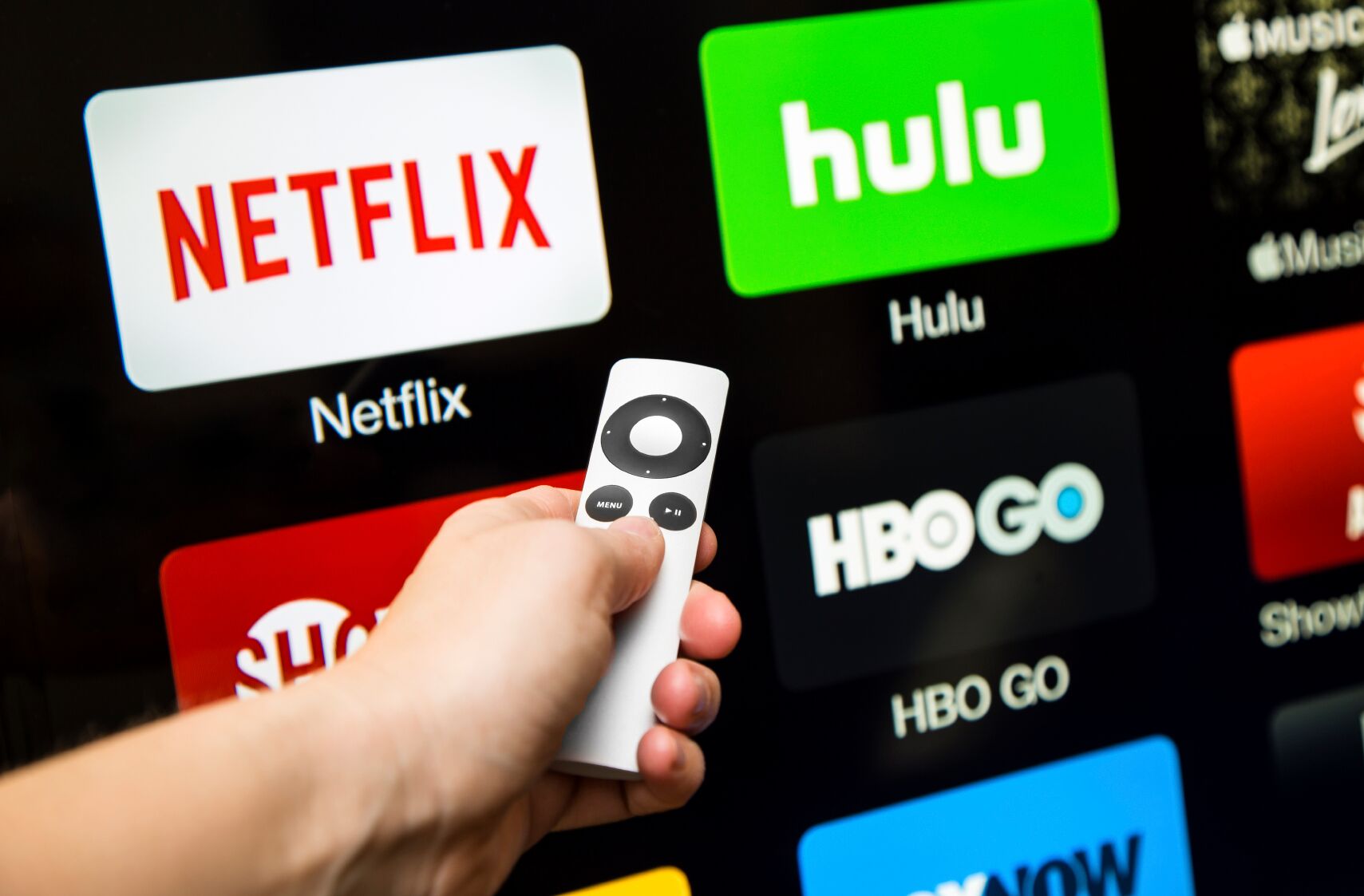CTV was a buzzword in 2019, and it’s shaping up to be just as prevalent in 2020. If you’re just now learning about the CTV tactic, check out this blog post first. Many advertisers (especially those with a past heavy in TV advertising) have tested CTV campaigns, so 2020 will be all about renewal or resale. You can learn a lot during a discovery meeting. Find out if CTV has been part of a plan in the past. Learn how the campaign performed. What went well? Was there anything that frustrated the advertiser? Hone in on frustrations and see if those frustrations could have been resolved with properly set expectations. Check out the most common items that should be discussed prior to the start of a CTV campaign to get the campaign started in the best way possible.
Budget: While the budget for CTV may be different than a TV budget, it should still be higher than most advertisers think. The reality is that CPM for CTV campaigns is high. Campaigns with small budgets will not be able to win many impressions and will make it harder to have an impact. When pitching CTV, the plan should start around $5K/month to ensure that the advertising dollars are not being wasted.
Geography: Digital advertising is known for its ability to geotarget much more efficiently than other forms of advertising. While this is definitely a bonus for digital campaigns, the best practice for CTV campaigns is that you use larger geographies like a DMA or state. Display impressions are most prevalent, followed by digital video, but if the advertiser limits their video campaign to just OTT content or just CTV devices, the number of available impressions could be limited, especially at the zip level. Without scale there is no chance for optimization, so for best results start with a larger geo to build scale and then optimize from there.
Targeting: There are so many ways to target digital campaigns and many of those targeting strategies can be employed with CTV campaigns.
- Dayparting: While TV is bought based on time slot, that type of targeting is not needed for digital campaigns. TV campaigns air regardless of how many people are watching the content. Conversely, CTV campaign impressions are only served when content is being actively consumed. The beauty of streaming TV is that you can watch it on your own time, you don’t have to tune in to a specific time to view the content. Because of this, dayparting is best used as an optimization tactic.
- Audience targeting: Audience targeting can be used with connected TV campaigns, but like geo targeting, keeping the targeting broad is the best way to ensure that the scale is large enough to be able to effectively optimize.
Reporting: Take time in the sales process to talk about what reporting and success metrics will look like. The main goal of a CTV campaign is for the video campaign to be seen on the TV device. Reporting can show how many times the ad was viewed to completion, but even more importantly it can show if the budget was used efficiently. Cost per completed view is a great metric to ensure that media is being purchased in an effective way.
Setting expectations with the advertiser is the primary way to ensure campaign satisfaction. CTV campaigns are different from other digital campaigns as well as traditional TV campaigns, so ensuring the advertiser is comfortable and knows exactly what they are investing in will also go a long way when it comes time for renewal.
The good news is that whoever you’re working with, there’s a big opportunity to leverage CTV to accomplish their campaign goals. https://zp-pdl.com/best-payday-loans.php


